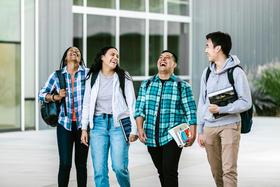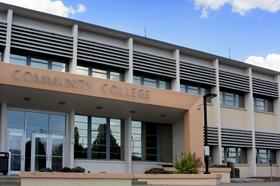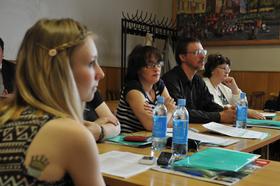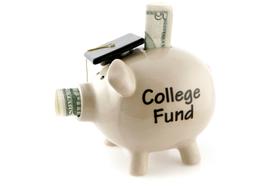Each day, 36 individuals in the United States die from drunk driving, and another 700 are injured. In 2019 alone, nearly 10,500 individuals died in alcohol-impaired accidents, equivalent to one-third of all traffic accident deaths in total, according to the Centers for Disease Control and Prevention.
The college student population, unfortunately, accounts for a disproportionate amount of these tragic statistics. In 2001 alone, more than 1,700 college students were killed in alcohol-involved incidents, and 80% of these cases involved drunk driving. In the same year, more than 31% of college students admitted to drinking and driving, according to AAA of Southern California.
Thankfully, community colleges are playing an important role in reducing and preventing instances of drunk driving. Through various substance awareness programs, informative classes, and even volunteer designated driving programs, community college students are being commended for their role in the fight against drunk driving.
This video illustrates some of the drunk driving training a community college can offer.
The initiatives at Eastern Iowa Community Colleges
The initiatives which the Eastern Iowa Community Colleges have put in place are fairly typical of the initiatives other colleges have taken to make their communities aware of substance abuse programs. From their website: "It is our intent and obligation to provide a drug-free, healthful, safe, and secure campus environment in order to promote an optimum learning environment.
The college recognizes






















